The medicinal herb garden of Mr. Tan Sai Song's family in La Nhi Thang village (Si Lo Lau commune) is nurtured and planted under the forest canopy, promising to bring high income.
Take advantage to improve livelihoods
According to statistics from the Department of Agriculture and Environment, the whole province currently has over 9,300 hectares of medicinal plants grown under the forest canopy, including: cardamom, amomum, Lai Chau ginseng, polygonum multiflorum, and panax notoginseng. The growing areas are concentrated in communes with suitable ecological conditions such as: Binh Lu, Khun Ha, Sin Suoi Ho, Si Lo Lau, Dao San, Hua Bum, Pa U... Taking advantage of natural conditions and diverse vegetation, many households have converted production from growing corn and upland rice to growing medicinal plants. A typical example is the family of Ms. Phan Ta May in Sin Chai village (Si Lo Lau commune), 6 years ago, her family started growing medicinal plants (Lai Chau ginseng and seven-leafed flower) with an area of 400m2 and expanded to 2 hectares. Currently, the entire area of medicinal plants is growing well, of which 400 million VND has been earned; In the garden there are over 2,000 Lai Chau ginseng and seven-leaf one-flower plants from 1 to 2 years old. It is expected that in 5 years this area will yield over 1 billion VND.
Many other households in Si Lo Lau commune have also had certain success from growing medicinal plants. That is the family of Mr. Tan Sai Song in La Nhi Thang village. In 2015, he experimented with growing Lai Chau ginseng on an area of 100 square meters. Realizing that the plant adapted well and had high economic value, Mr. Song decided to invest in expanding the scale of the garden. To date, the medicinal plant garden area is 5,000 square meters, with more than 10,000 medicinal plants of all kinds, including the seven-leafed one-flower plant.
The story of Ms. May and Mr. Song not only reflects the potential of medicinal plants under the forest canopy, but also demonstrates the vision and determination of local people in applying science and technology, converting ineffective upland and hilly land into medicinal plant gardens to create sustainable livelihoods.
However, most households cultivate spontaneously and on a small scale. The lack of linkage in production, processing and consumption has made the potential of medicinal herbs not effectively exploited. According to Mr. Nguyen Trong Lich - Deputy Director of the Department of Agriculture and Environment, the province has currently implemented technical guidance programs according to GACP standards (including good practices for growing medicinal plants and good practices for harvesting wild medicinal plants) Vietnam, GACP - WHO (global standards for good practices for growing and harvesting medicinal herbs as recommended by the World Health Organization WHO); supporting concentrated cultivation of medicinal herbs. However, the linkage between farmers and businesses is still weak. Partly due to the lack of specific investment support mechanisms, partly because the production of medicinal herbs is fragmented and dispersed.
Forest protection is associated with responsibility
Not only helping to increase income, the model of growing medicinal herbs under the forest canopy is also considered an effective solution to reduce deforestation and slash-and-burn farming - a long-standing practice in many localities. When people consider forests as their livelihood and assets, forest protection will become a responsibility, no longer a "task" assigned by the State. Currently, the income from forest protection programs is only about 1 million VND/ha/year. Meanwhile, many medicinal plants can bring in 5-10 times more income, creating a clearer motivation for people to proactively and long-term stick with the forest.
Ms. Phan Ta May added: “In the past, villagers often went into the forest to collect firewood and clear the forest for farming. Since switching to growing medicinal plants, not only has there been income, the forest is also better protected.”
However, the output for medicinal herbs in the province is still a major bottleneck. Most products are sold in raw or simply processed form, so their value is low. The lack of on-site processing plants and uniform standards (GACP-WHO, GMP-WHO) makes it difficult for medicinal herbs in the province to improve quality and expand the market. Although the province has issued support policies such as technical guidance, trade promotion, etc., the initial investment is high and production is still scattered and small-scale, many households do not have enough conditions to access, especially with high-value plants such as Lai Chau ginseng, seven-leaf flower, and golden orchid.
To overcome these difficulties, Resolution 17-NQ/TU, dated May 19, 2024 of the Provincial Party Committee on developing Lai Chau ginseng in the period of 2024-2030, with a vision to 2035, clearly defined the development orientation of building a closed chain from production to consumption. In the immediate future, the province will focus on Lai Chau ginseng, then expand to other potential medicinal species. The goal is to form concentrated raw material areas with the participation of enterprises in deep processing and product consumption.
With rich ecological advantages, the efforts of the people and the strategic orientation of the province are aiming to become the center for developing medicinal herbs under the forest canopy of the Northwest region. For a sustainable journey, it is still necessary to soon complete specific mechanisms, implement preferential policies for enterprises and promote value chain linkages in production and consumption. That is the key to both providing stable livelihoods and preserving the green color of the forest.
Source: https://baolaichau.vn/kinh-te/huong-di-ben-vung-cho-kinh-te-rung-1242041


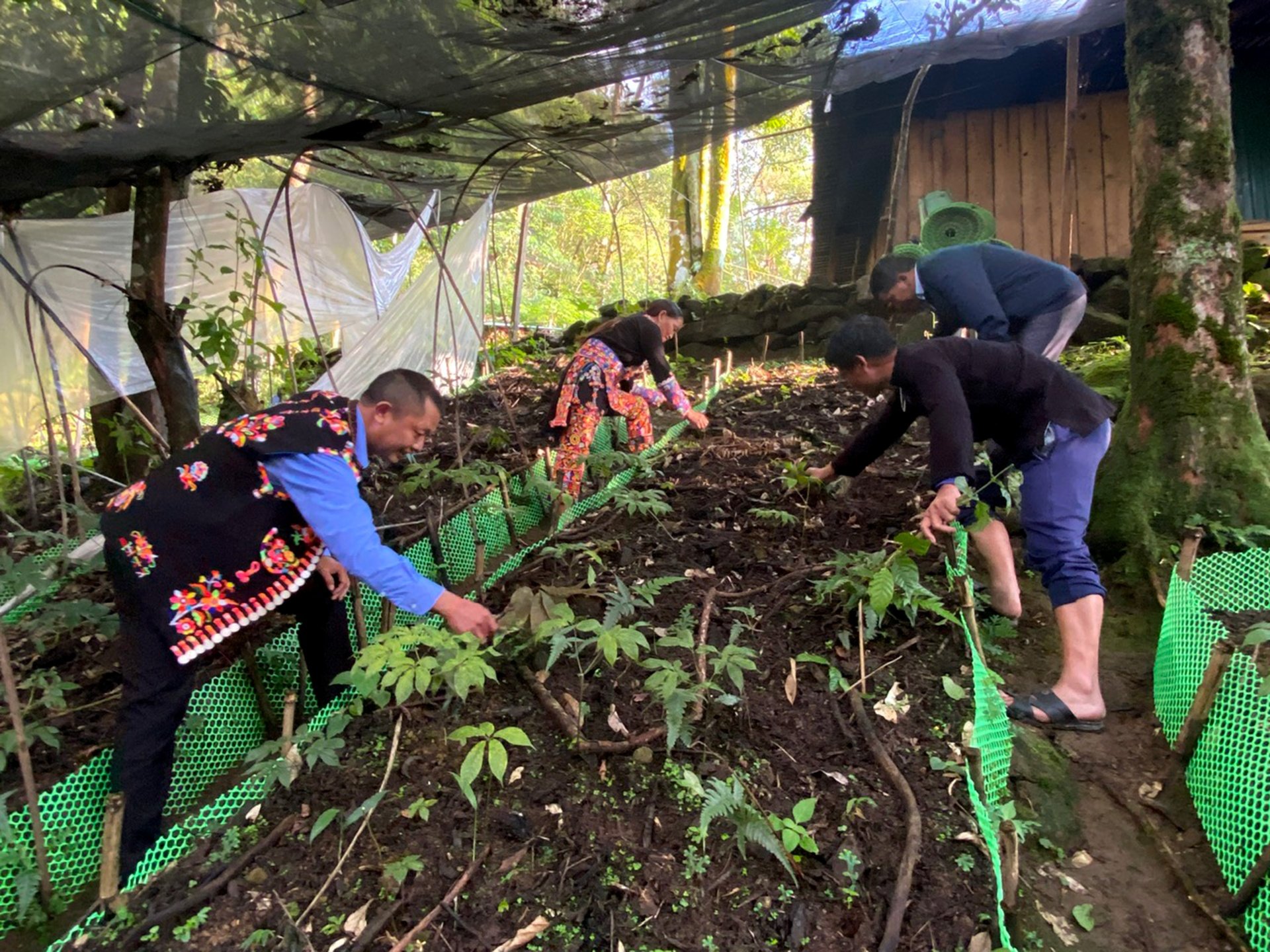

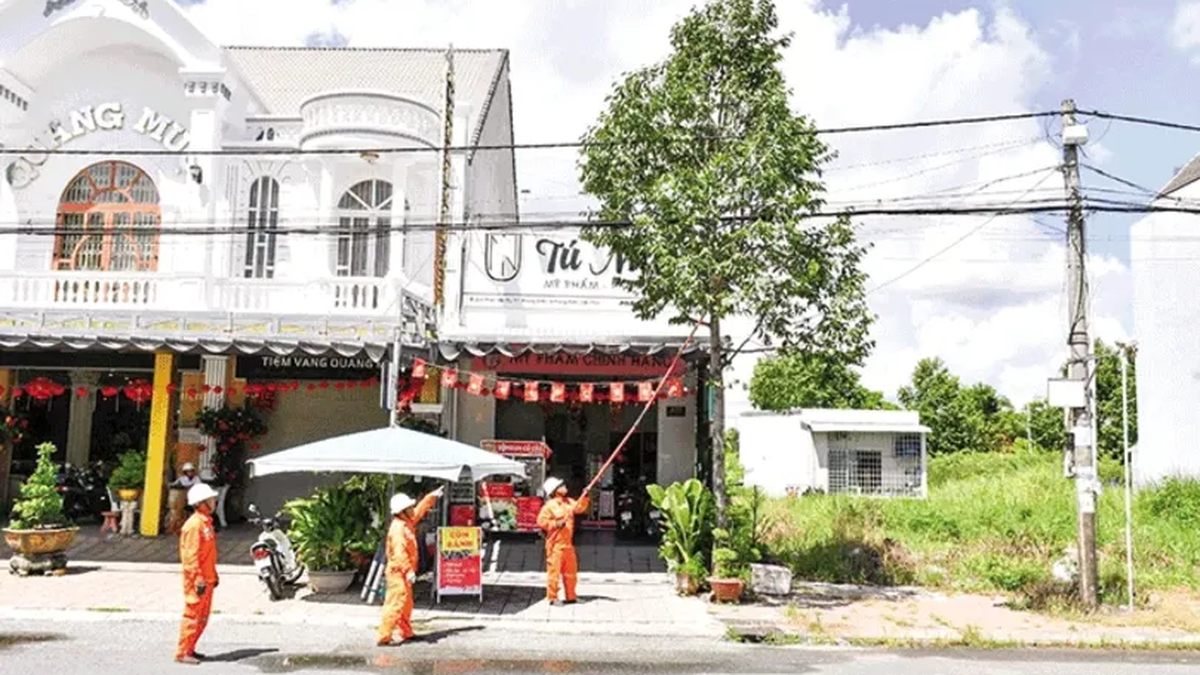


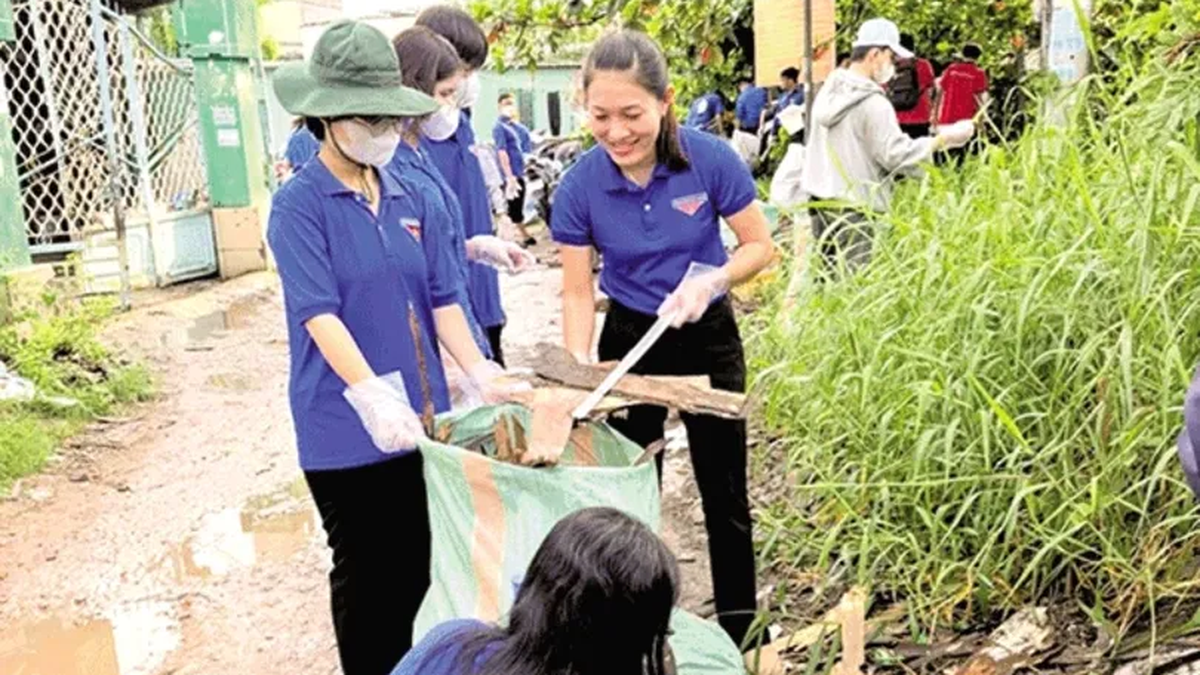
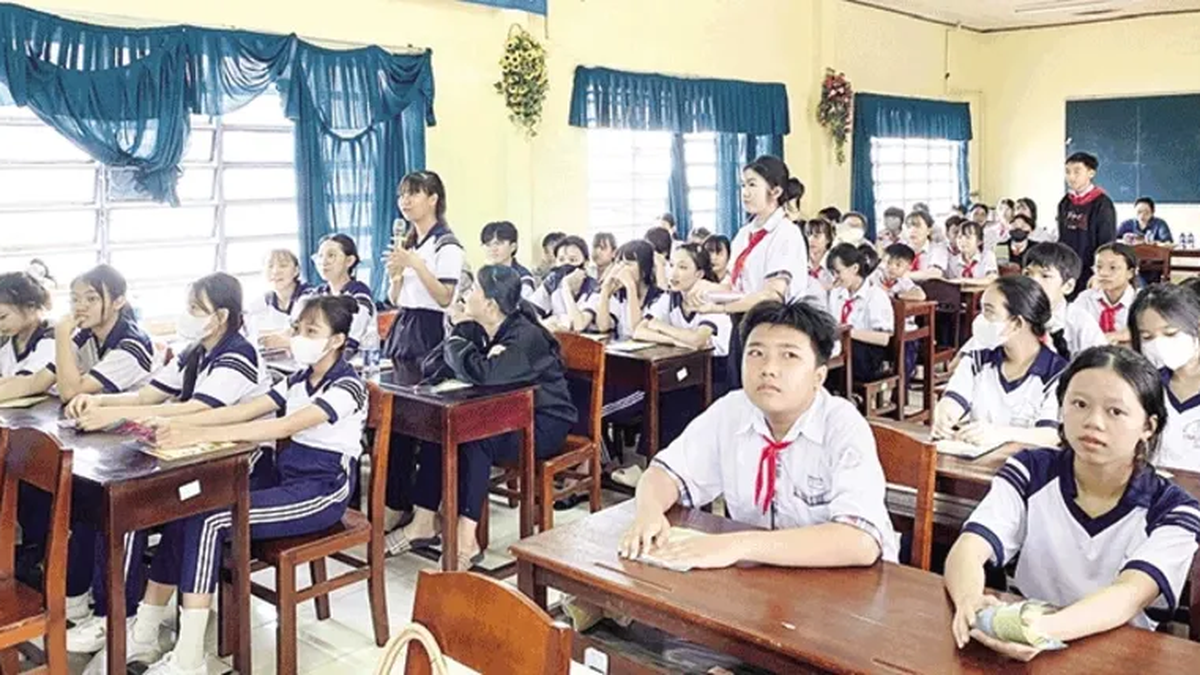
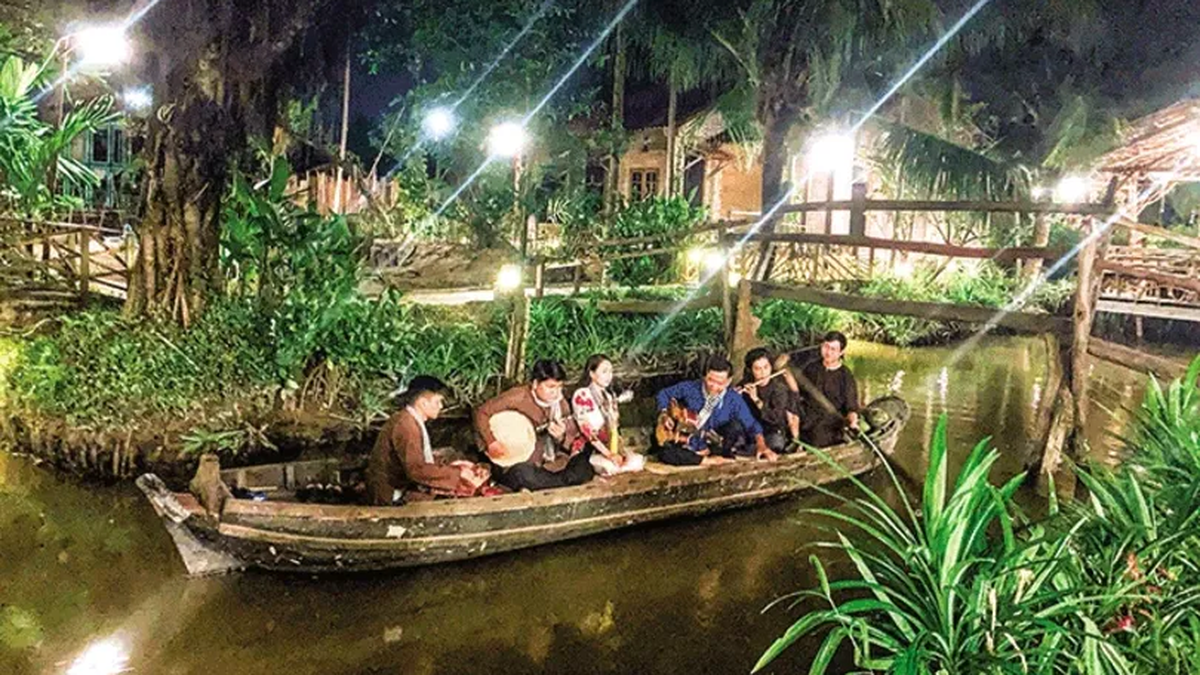


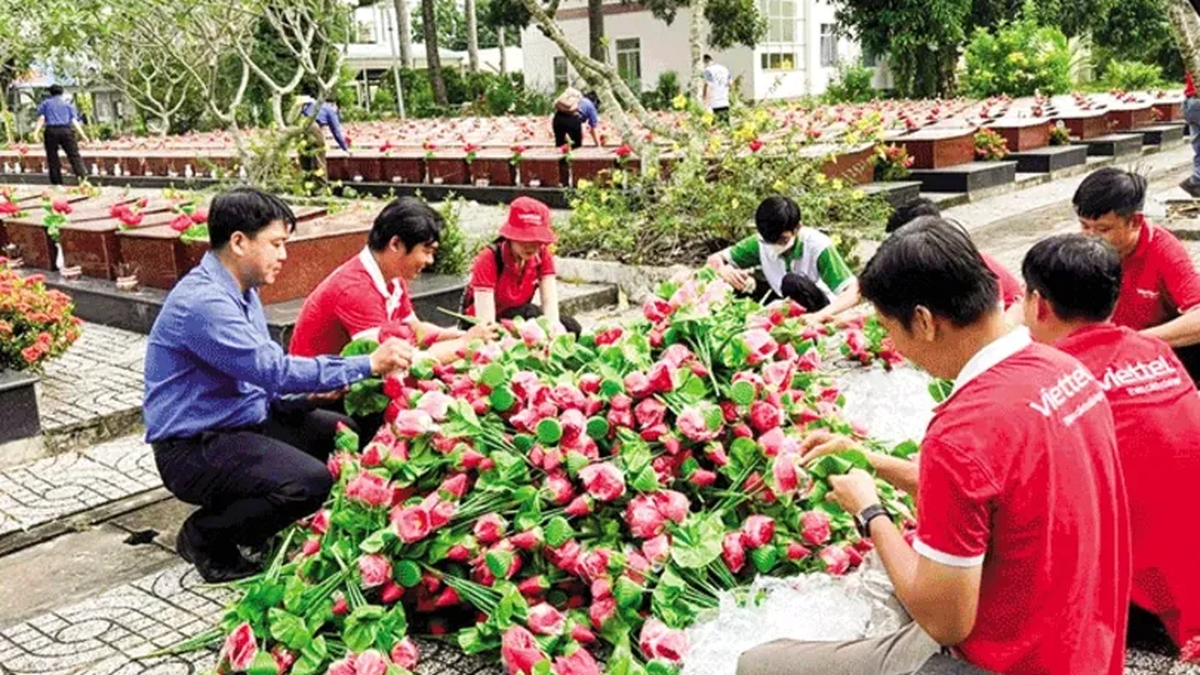



















![[Photo] Signing of cooperation between ministries, branches and localities of Vietnam and Senegal](https://vphoto.vietnam.vn/thumb/1200x675/vietnam/resource/IMAGE/2025/7/24/6147c654b0ae4f2793188e982e272651)


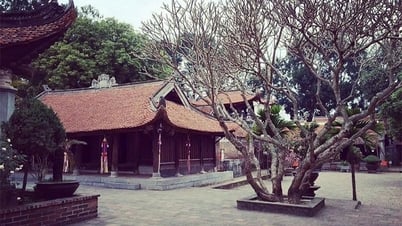

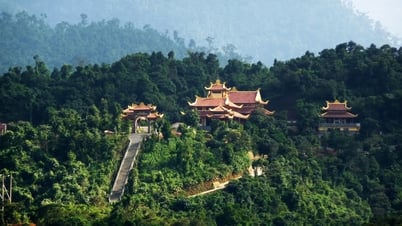

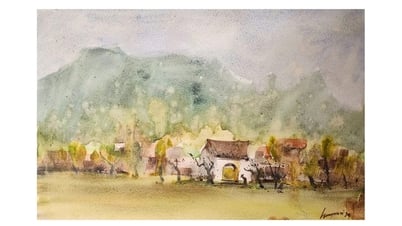



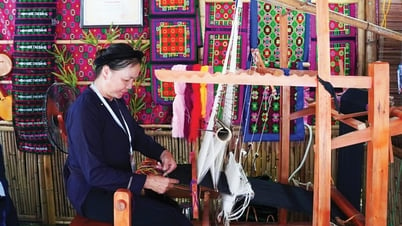






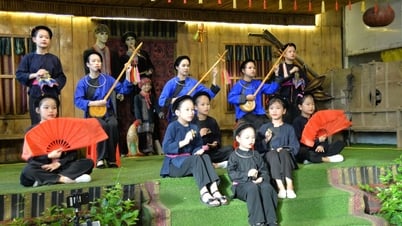










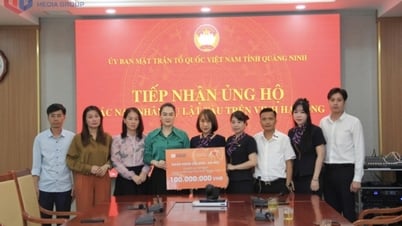

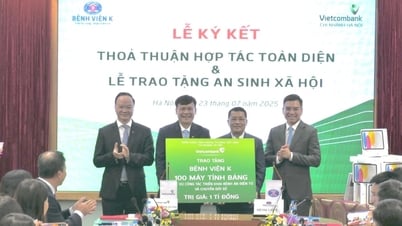


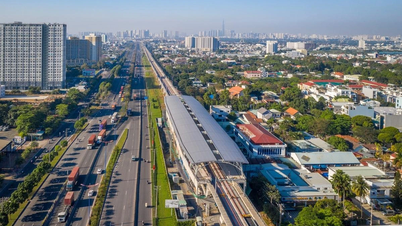
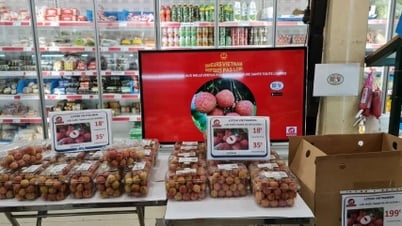







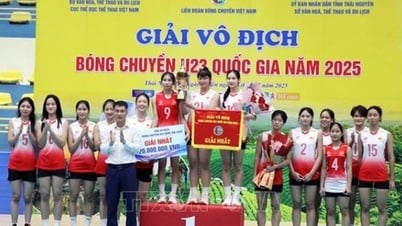



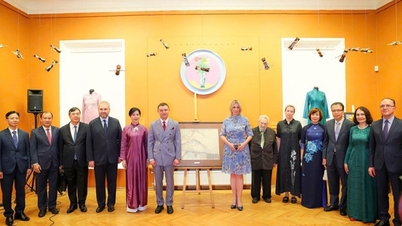














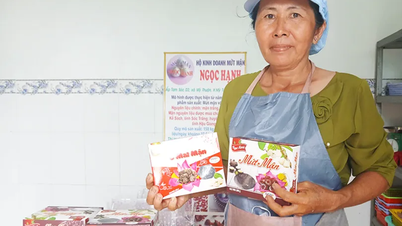

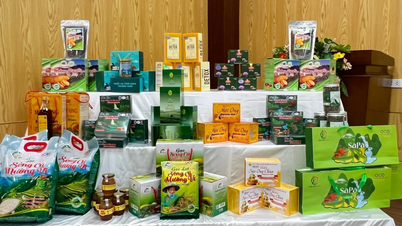


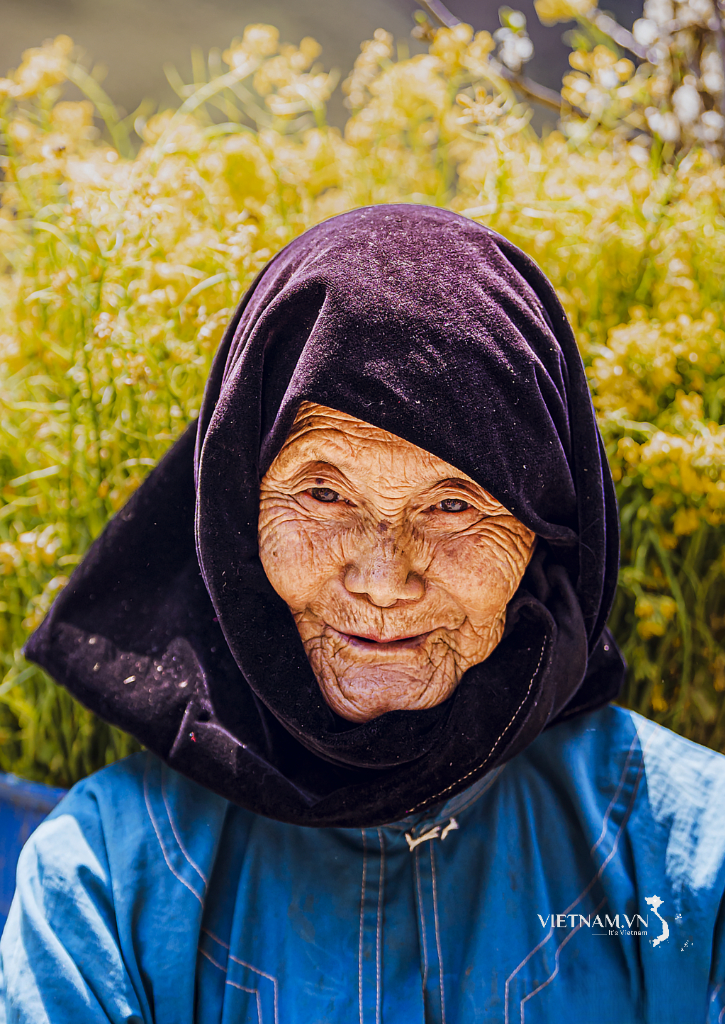



Comment (0)